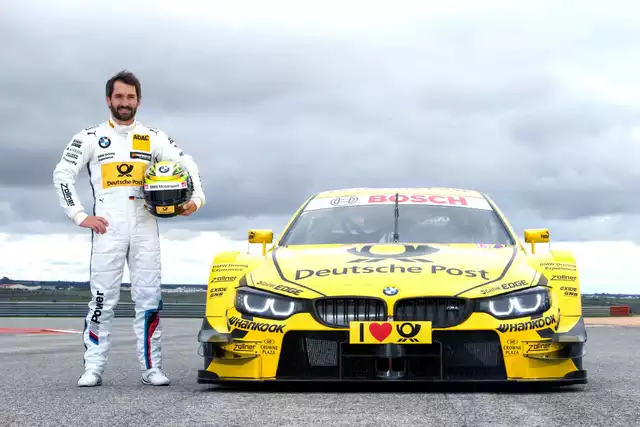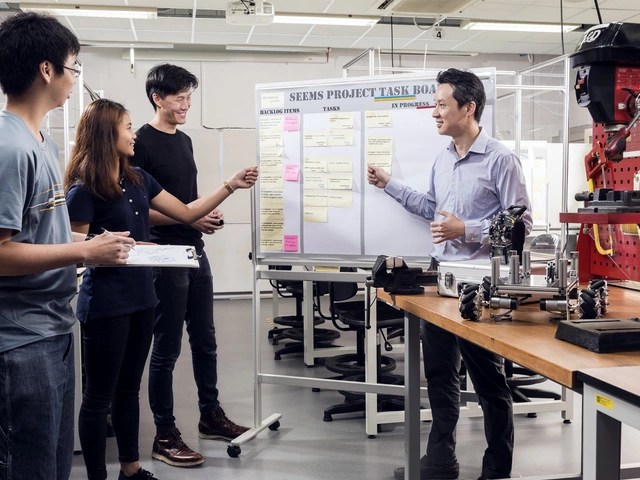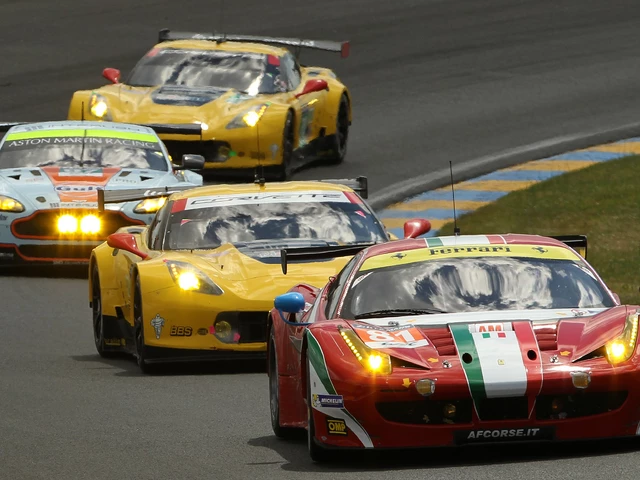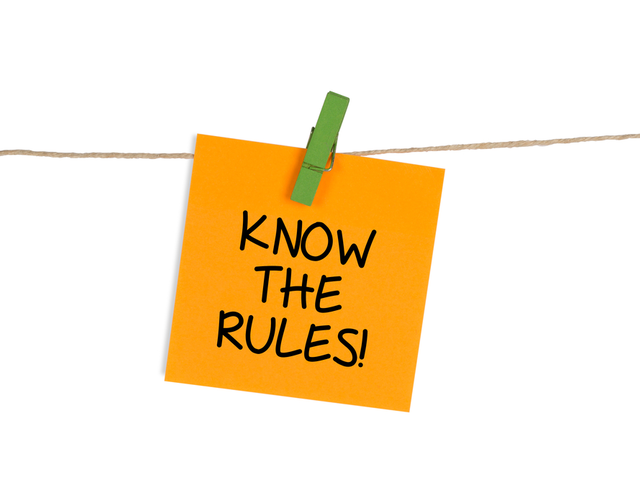Understanding the Concept of Homologation
Before diving into the nitty-gritty of homologation in motorsport, let me first explain what homologation is. Homologation is a process by which a product, in this case, a vehicle or its components, is certified for meeting certain standards set by a regulatory body. In motorsport, it's the process of inspecting and approving or certifying a race car to ensure it complies with a set of rules and regulations.
The Purpose of Homologation
The primary purpose of homologation in motorsport is to ensure fairness, safety, and competition. Its main goal is to create a level playing field for all participants, such that all competitors are using vehicles that meet certain standards. This way, the skill of the driver, rather than the superiority of the vehicle, becomes the determining factor of success.
Ensuring Fairness in Competition
Homologation provides a standardized framework for all race vehicles. This means that all vehicles competing in a particular class or series meet the same basic standards. Thus, no one competitor has an unfair advantage over the others due to the superior engineering of their vehicle. The main focus then shifts to the driver's skills, strategies, and team performance.
Improving Safety in Motorsport
Homologation also serves another critical purpose – it improves safety. By enforcing strict rules about what can and cannot be included in a racing vehicle, regulatory bodies can ensure that all vehicles on the track meet minimum safety standards. This significantly reduces the risk of serious accidents and injuries during races.
Keeping the Spirit of Competition Alive
Without homologation, motorsport could quickly become a competition of who has the most money to invest in their vehicle, rather than who has the best driving skills. By setting strict standards, homologation helps keep the focus on the drivers and their abilities, ensuring that the spirit of competition remains alive and well.
How Homologation Works: The Process
Homologation involves a detailed and thorough examination of a vehicle or its components. The regulatory body, such as the FIA (Federation Internationale de l'Automobile), inspects the vehicle to make sure it complies with its regulations. If the vehicle passes the inspection, it is then certified or "homologated" to participate in races.
The Role of Homologation in Different Motorsport Disciplines
Homologation plays a crucial role in various motorsport disciplines, including Formula 1, NASCAR, and World Rally Championship (WRC). In each of these disciplines, different homologation rules and procedures apply, reflecting the unique characteristics of each type of racing.
The Impact of Homologation on Vehicle Design
Homologation has a significant impact on the design of racing vehicles. Designers and engineers must consider the homologation rules when developing new vehicles or modifying existing ones. This often leads to innovations and advancements in vehicle design and technology.
Homologation and the Future of Motorsport
With the increasing focus on sustainability and the rise of electric vehicles, homologation rules are likely to evolve to accommodate these changes. This will continue to shape the design and technology of racing vehicles, ensuring that motorsport remains competitive and exciting while becoming more sustainable.
Conclusion: The Significance of Homologation in Motorsport
In conclusion, homologation is a vital aspect of motorsport. It ensures fairness, improves safety, fosters competition, influences vehicle design, and even shapes the future of the sport. By understanding the purpose of homologation, we can better appreciate the complex and exciting world of motorsport.






Write a comment